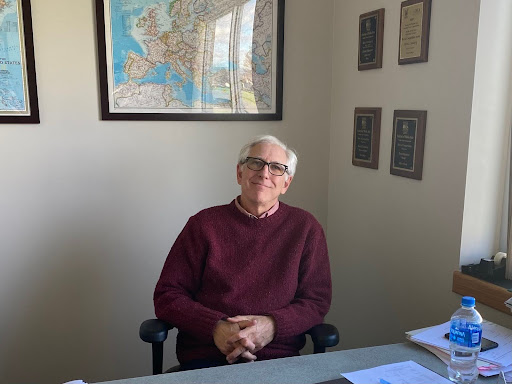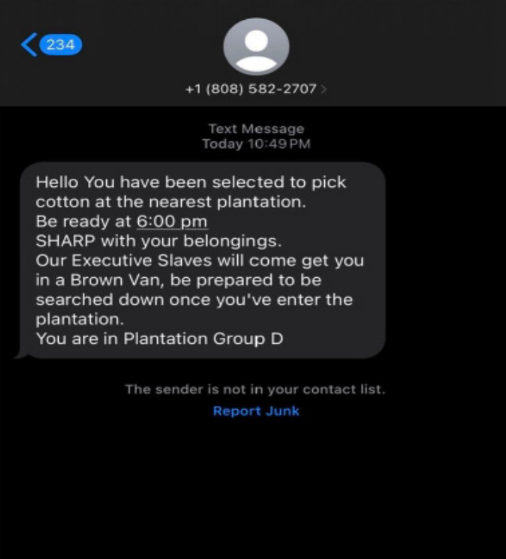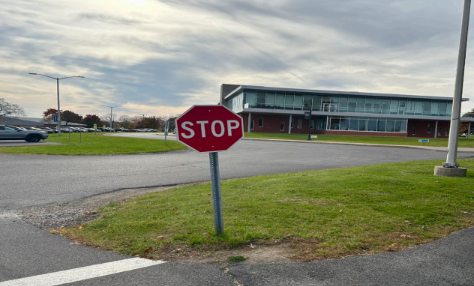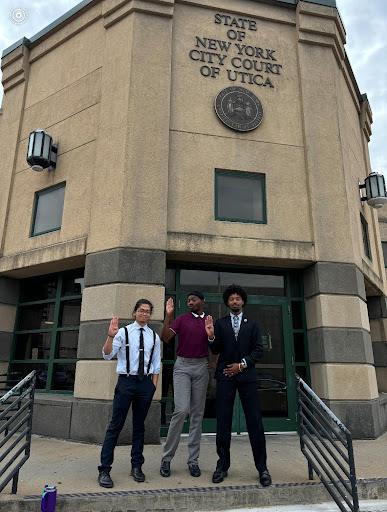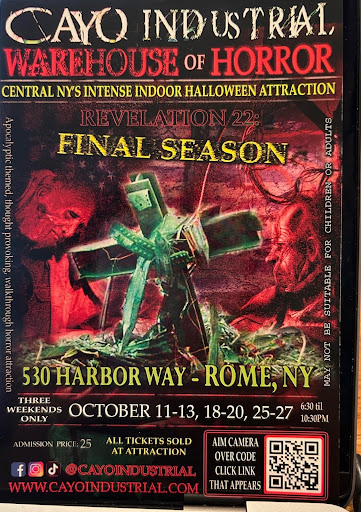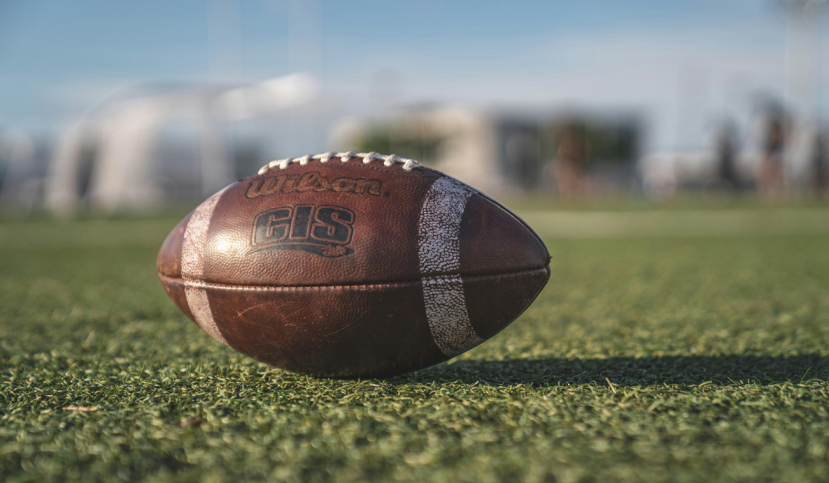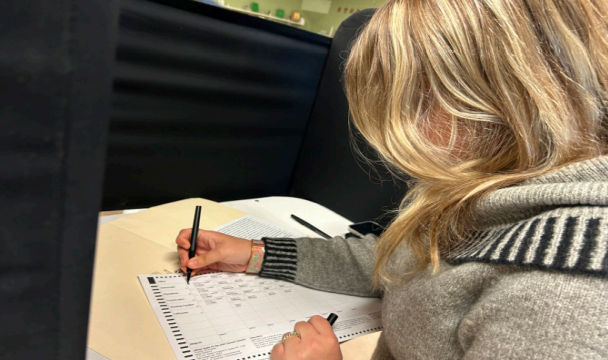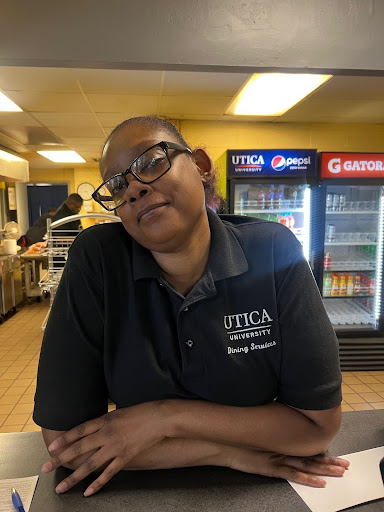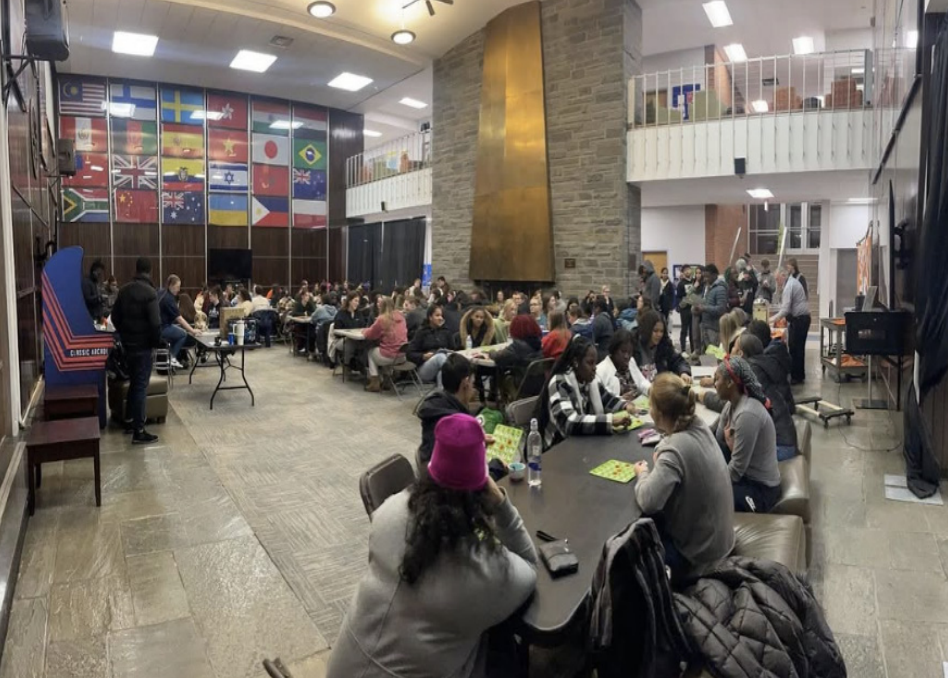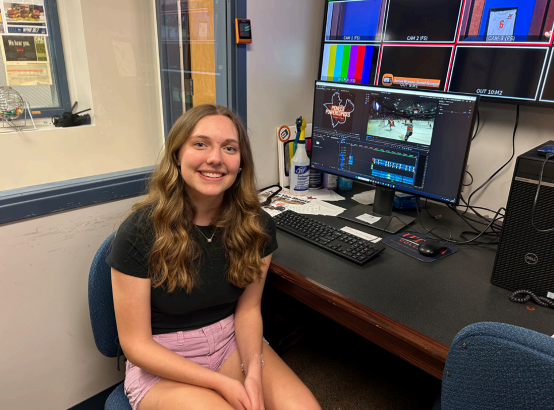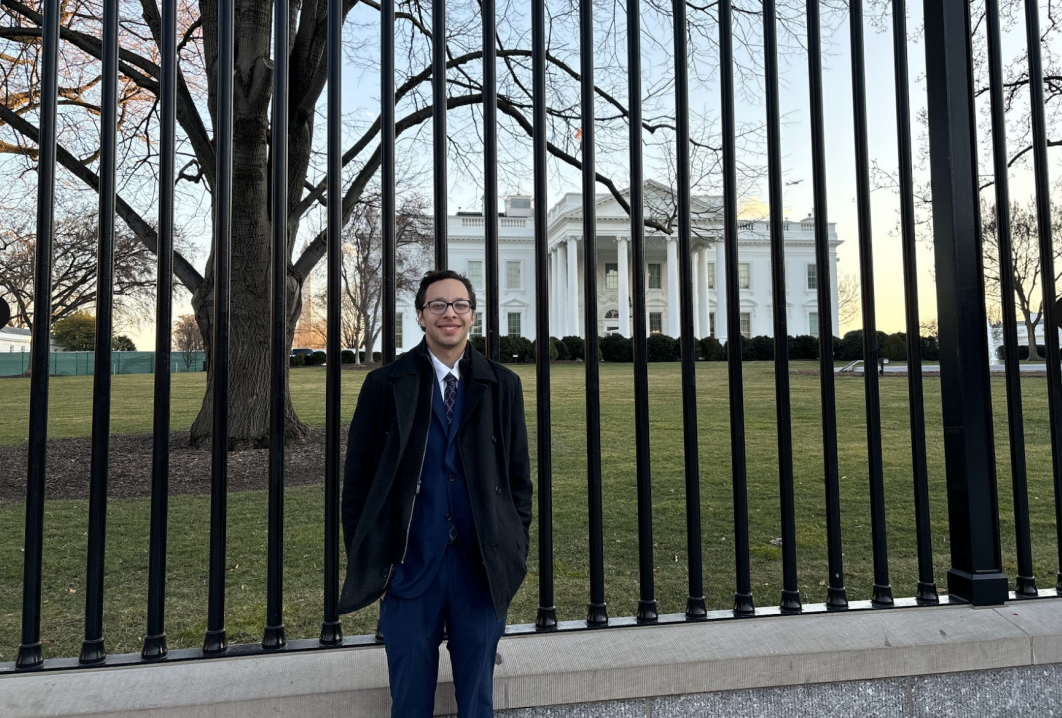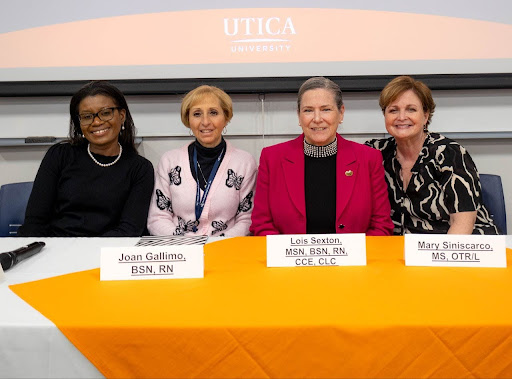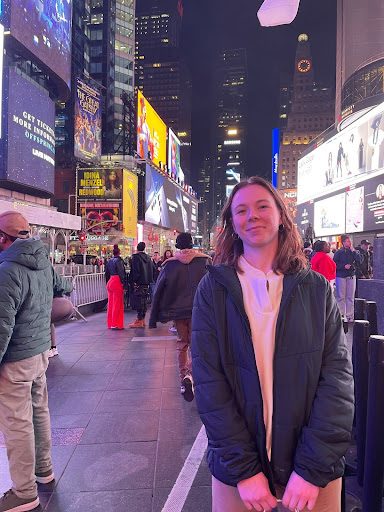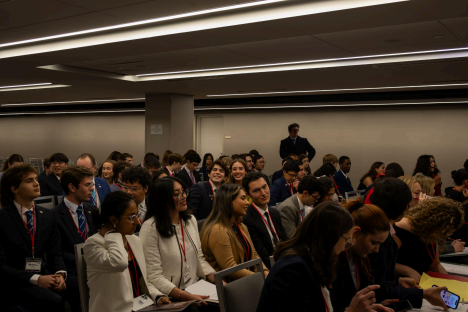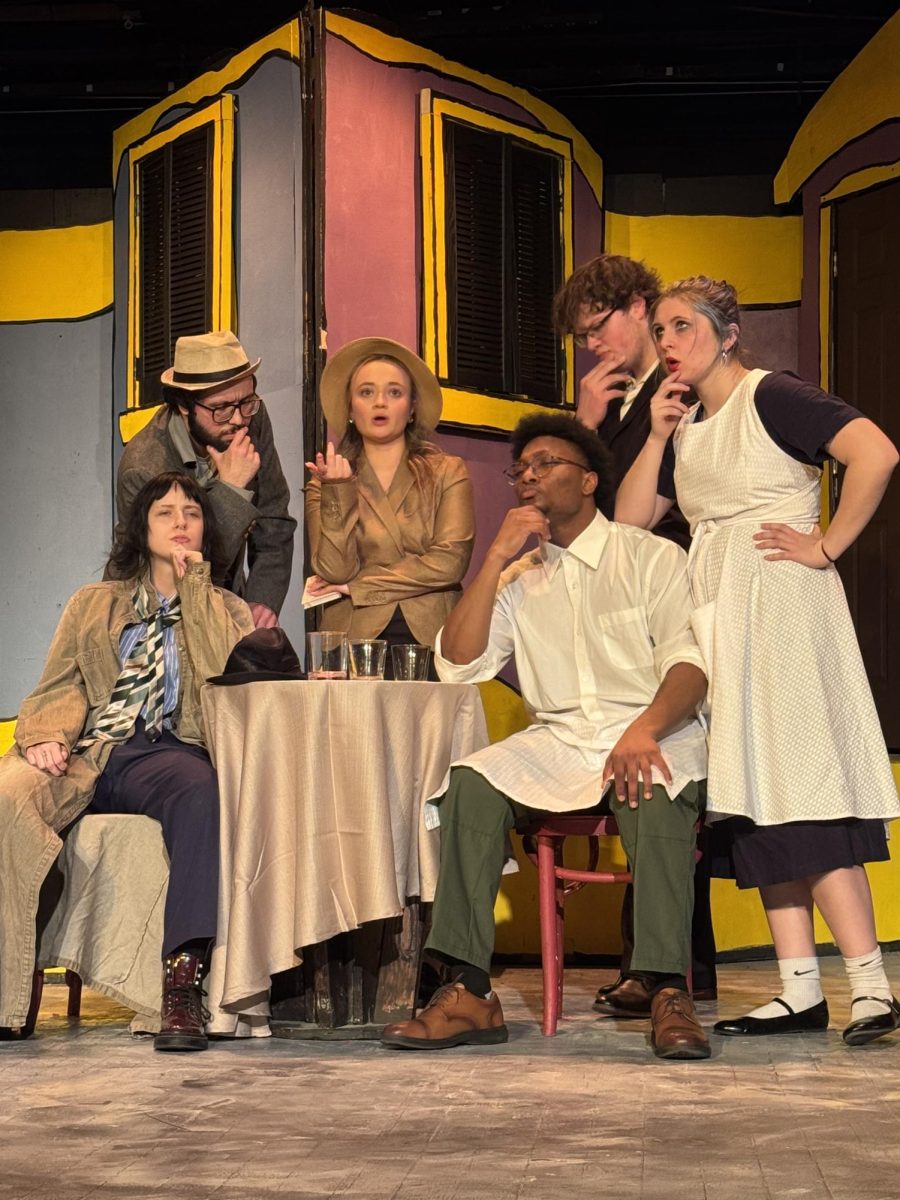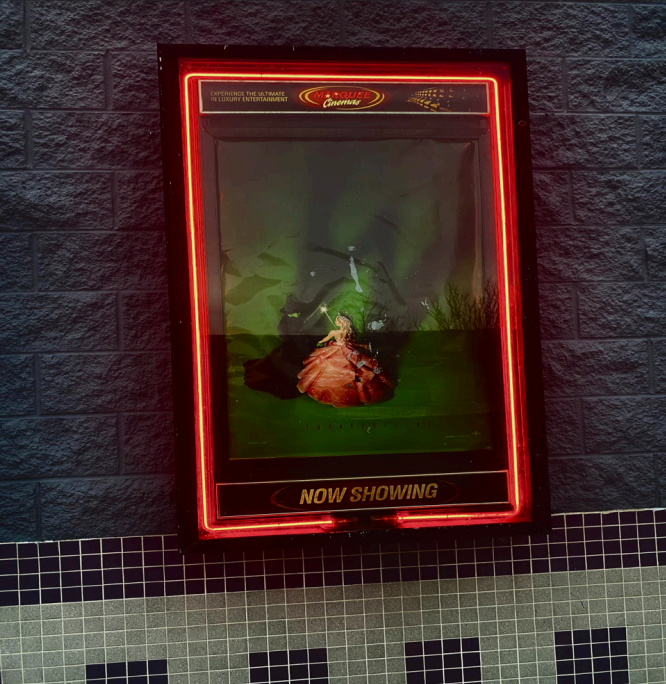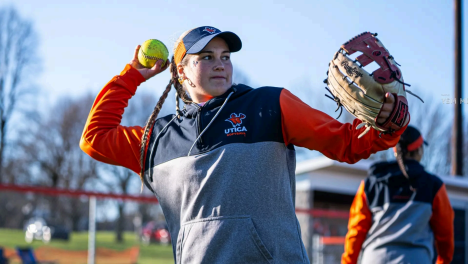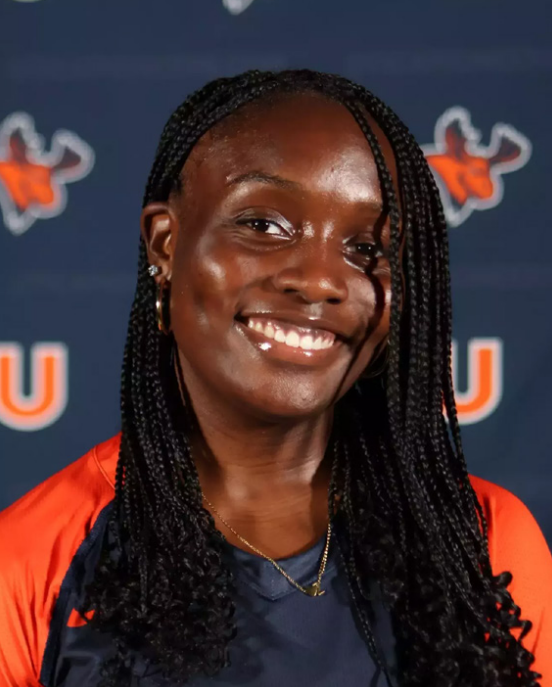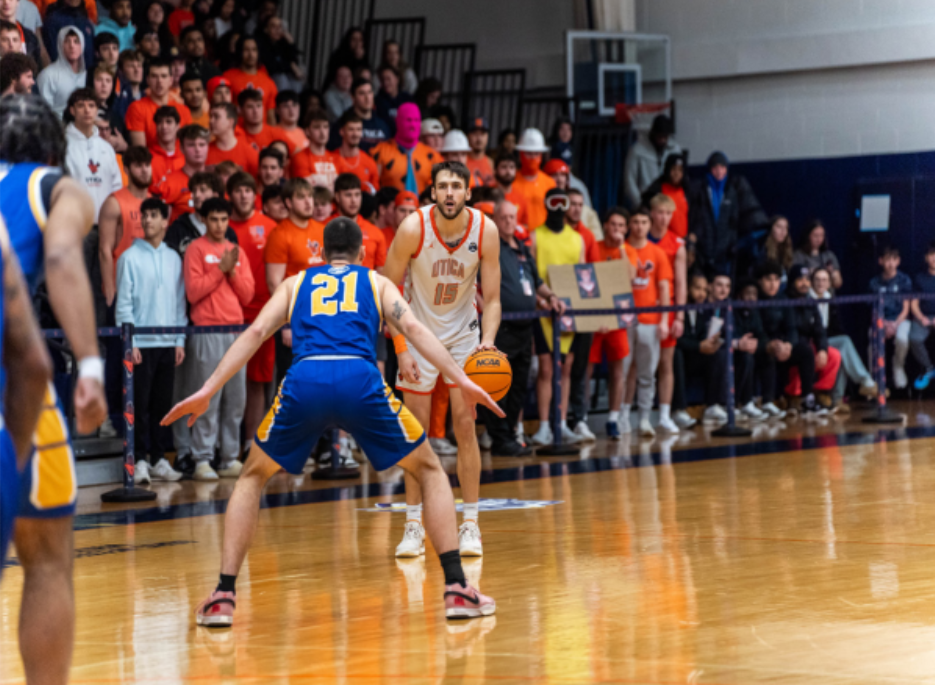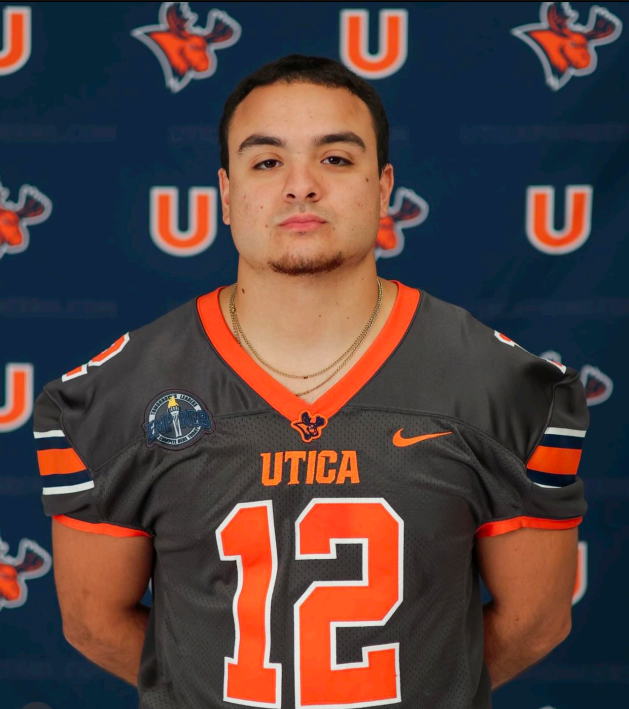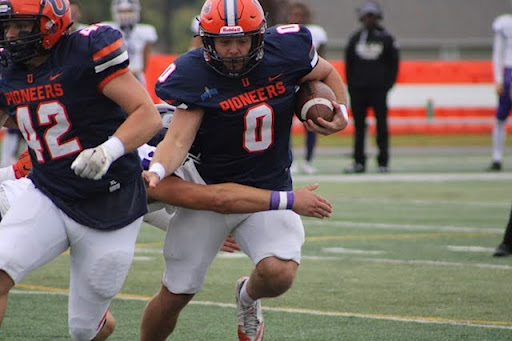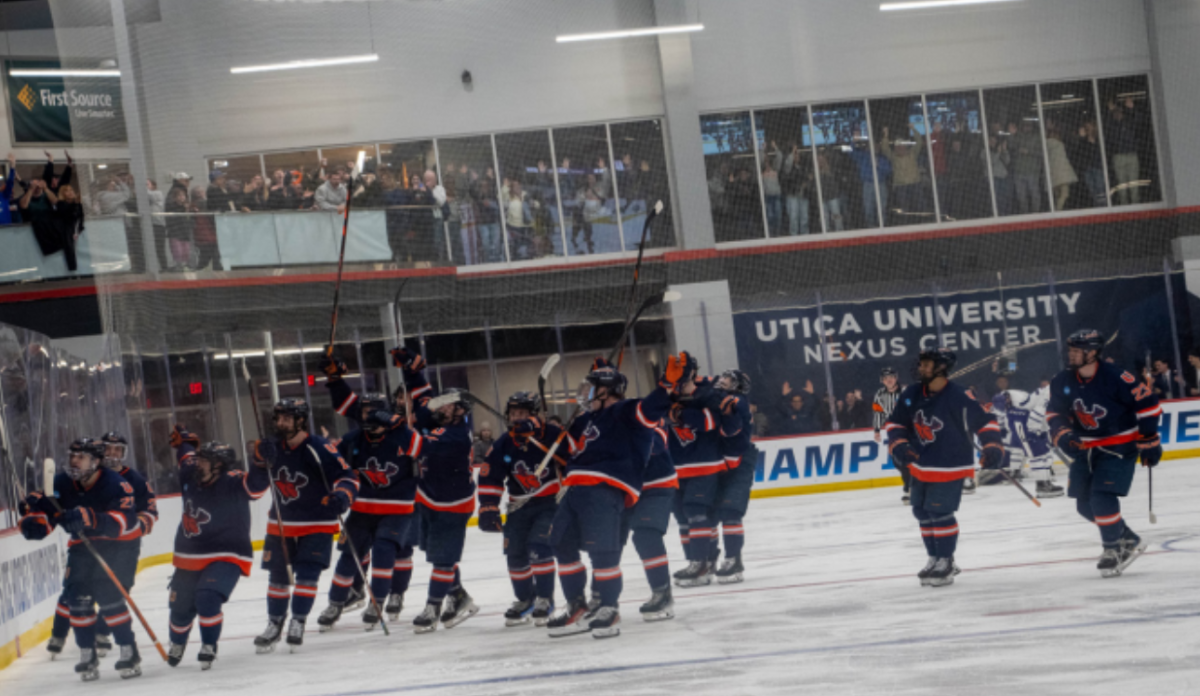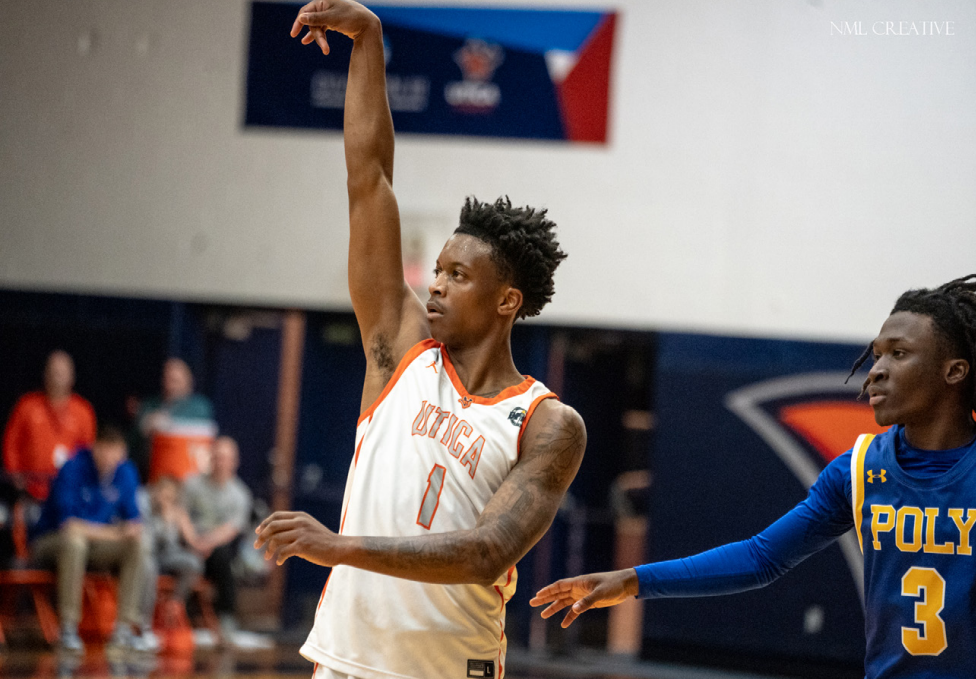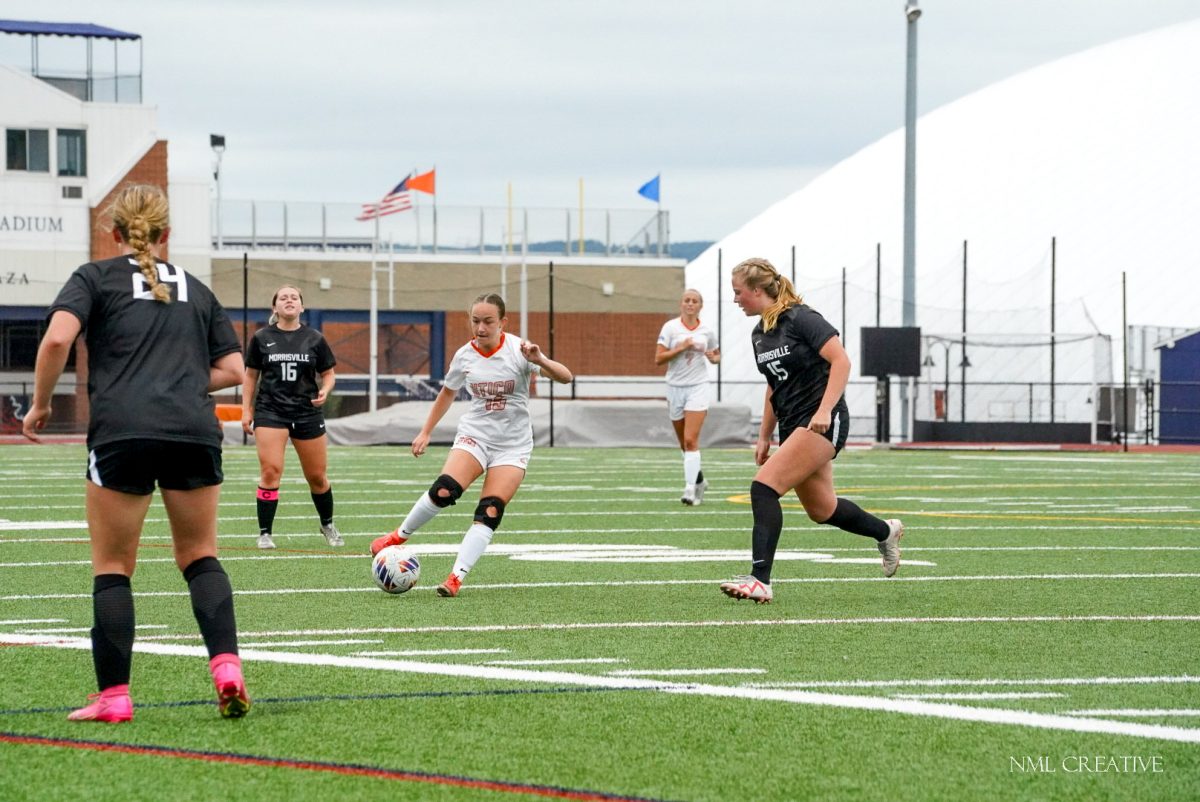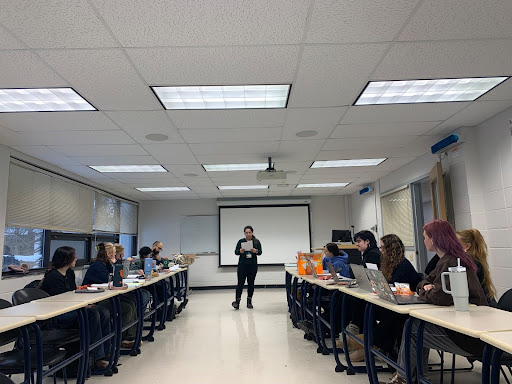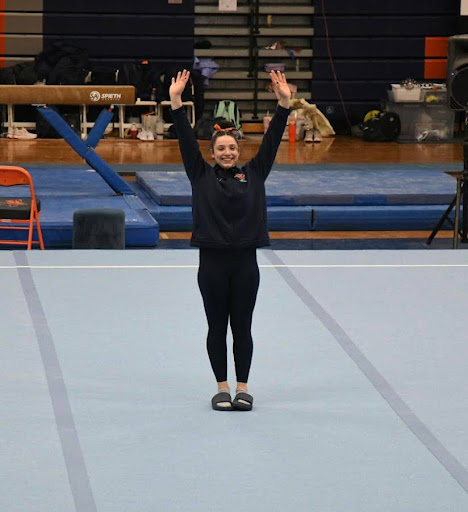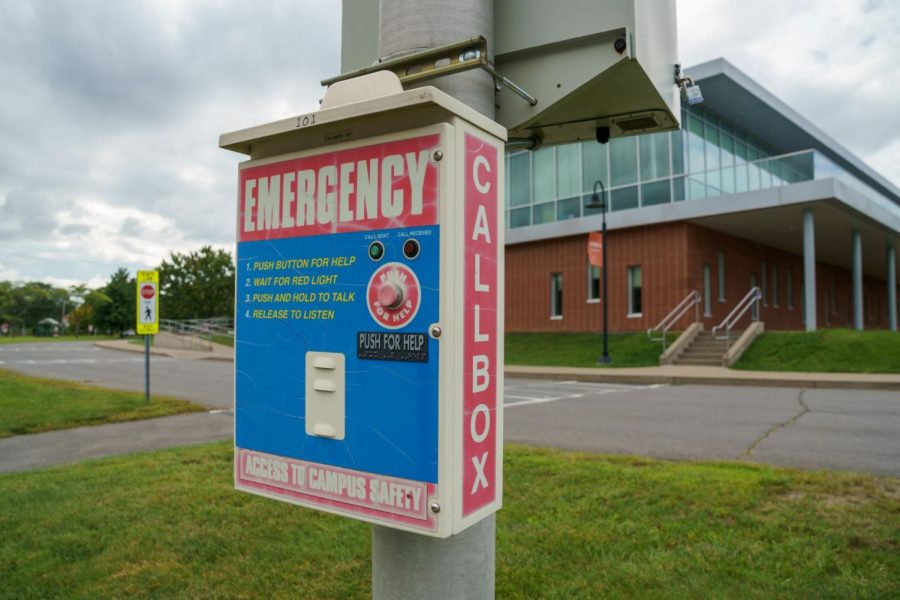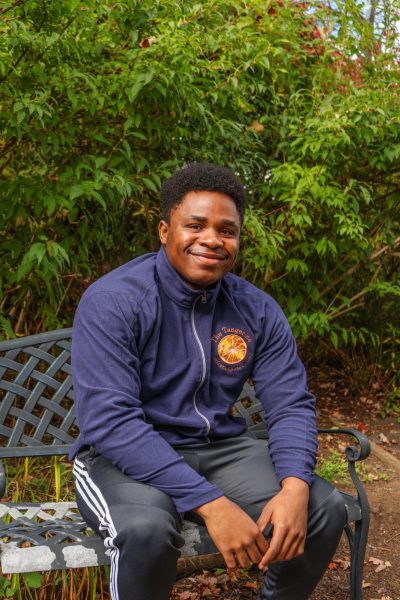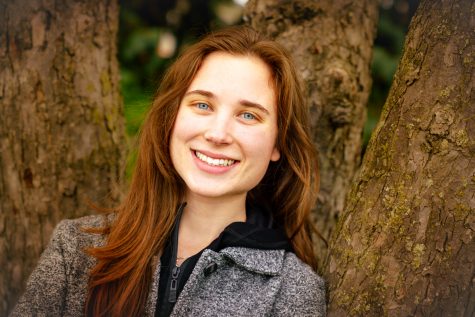Utica students discuss the effectiveness of the blue lights system
Emergency call box located in the parking lot front of Bull Hall.
September 29, 2022
The blue lights system is a strategic safety resource that allows students to get in contact with Campus Safety in the event of an emergency. Campus Safety will be alerted when the blue light system is activated and students will get immediate assistance.
The blue light system provides a safety net for students in the event they are walking around on campus and feel unsafe– they can call to get escorted to where they need to go. It also provides safety if a life threatening or altering incident occurs and immediate assistance is needed.
However, a common question is how effective the blue light system is and how often they are used.
“I do not believe that the blue light system is an entirely effective security system because they seem to be spread out pretty far around campus,” senior occupational therapy major Alyssa Chasse said. “For example, there are not many on the path near Pioneer Village, and I have some concerns about my friends that live there if they were to ever be in danger. I do feel generally safe on campus, but I do prefer to park near a blue light if possible for peace of mind.”
Some wonder if the blue light system will be the first resource students will use in case of emergency.
“I think that they should be used as a first resort if there is one nearby because campus safety can arrive faster than other alternatives like calling 911,” Chasse said. “I believe I have heard that with our small campus size, help can arrive within a minute. However, I am unaware if every student on our campus knows how the blue light system works, so although that would be my first resort, I am unsure if that would be everyone else’s first resort as well.”
There is a concern over whether students on campus and the community overall know how to use and operate the blue lights system.
According to Chasse, most people are aware that the blue light system exists, but since it is not commonly used, most people do not know how or when to use it. Students would benefit from formal training on the blue lights system in the event they need to use it.
The preparedness of Campus Safety to respond and handle these situations is a concern for students as well.
“To my knowledge, I do not think that they are capable because they do not have the tools to stop an attacker if the need arises,” Chasse said. “I would personally feel much safer on campus if we had armed security. It would also be beneficial for students to be aware of what campus safety officers do have knowledge and preparation for in the event of an emergency.”
Some students, such as sophomore biology major Leah Griffin, said it is very important to have safety measures on campus because it shows the campus cares about the students who live on campus.
“Given that anything can happen, especially these days, we need something like this to keep the residents on campus safe,” Griffin said. “This makes us students feel safe especially with the campus being open and anybody being able to walk in, it takes a weight off the shoulders of most residents.”
Students also believe the blue light system is beneficial because it gives a sense of security of knowing that you’re safe.
“A sense that you are safe, especially with them being in every single parking lot and in the academic building. However, the blue light systems could be more efficient because what if there is an electrical problem or what if the button malfunctions,” Griffin said. “I think that we can find better ways in technology but the program makes sense.”
According to Director of Campus Safety Musco Millner, the blue light system is a series of emergency alarm stations strategically located throughout the campus to provide assistance to anyone in distress. A blue beacon is positioned above each alarm station. The blue lights were installed in most of the nation’s college and university campuses but now overall the numbers are declining.
“Since my arrival, we have yet to receive a distress call from a blue light or call box. We have received calls of a nature that weren’t the purpose of the blue light or call box; i.e, non-emergencies,” Millner said. “Students, faculty and staff can simply activate the blue light system/call box by pushing the button on the unit. The call is transferred immediately to the radios of every officer working, followed by an immediate response to the location in question.”
Providing a feeling of safety and security on campus is important to the functionality of a university campus and the community within it.
“There is a difference between being safe and feeling safe. The blue light system helps with both, being safe and feeling safe,” Milliner said. “Our office continually monitors safety concerns. In the event that we determine that an upgrade of the blue light system is warranted, steps will be taken accordingly. As of right now, the office is in maintenance mode when it comes to the blue light system. Any preventative maintenance will continue to be addressed in a timely manner.”
Today there are a total of 19 campus call numbers at various blue light locations across campus inside and outside academic buildings and facilities on campus. There are also 27 yellow call box caller IDs located in and around campus where the blue phones are located. This gives students, faculty and staff flexibility in calling for when in various locations are campus.

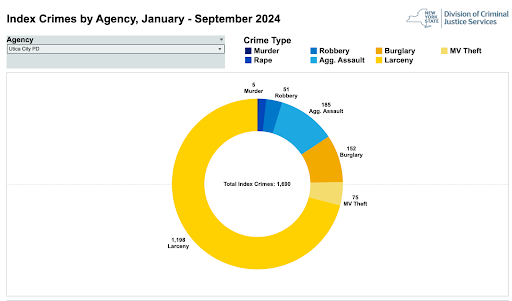



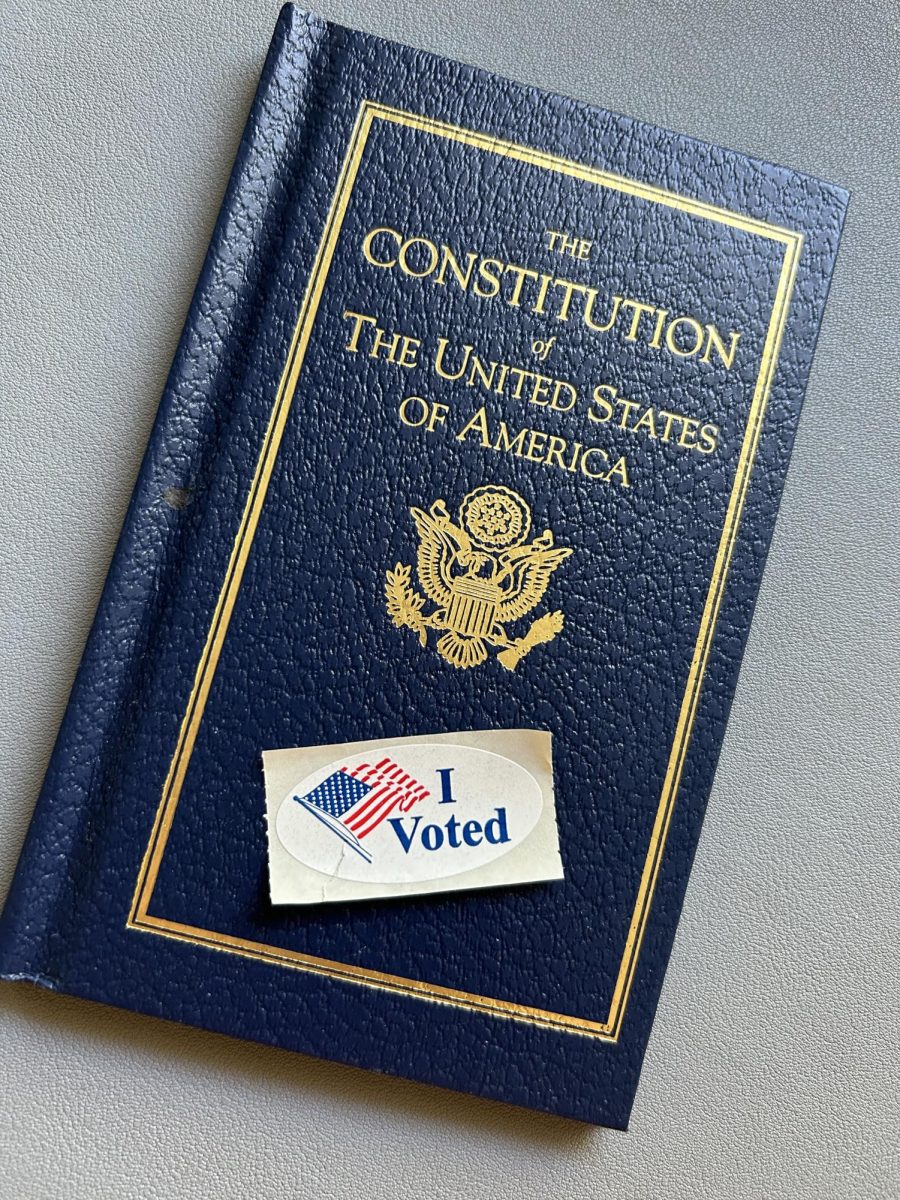

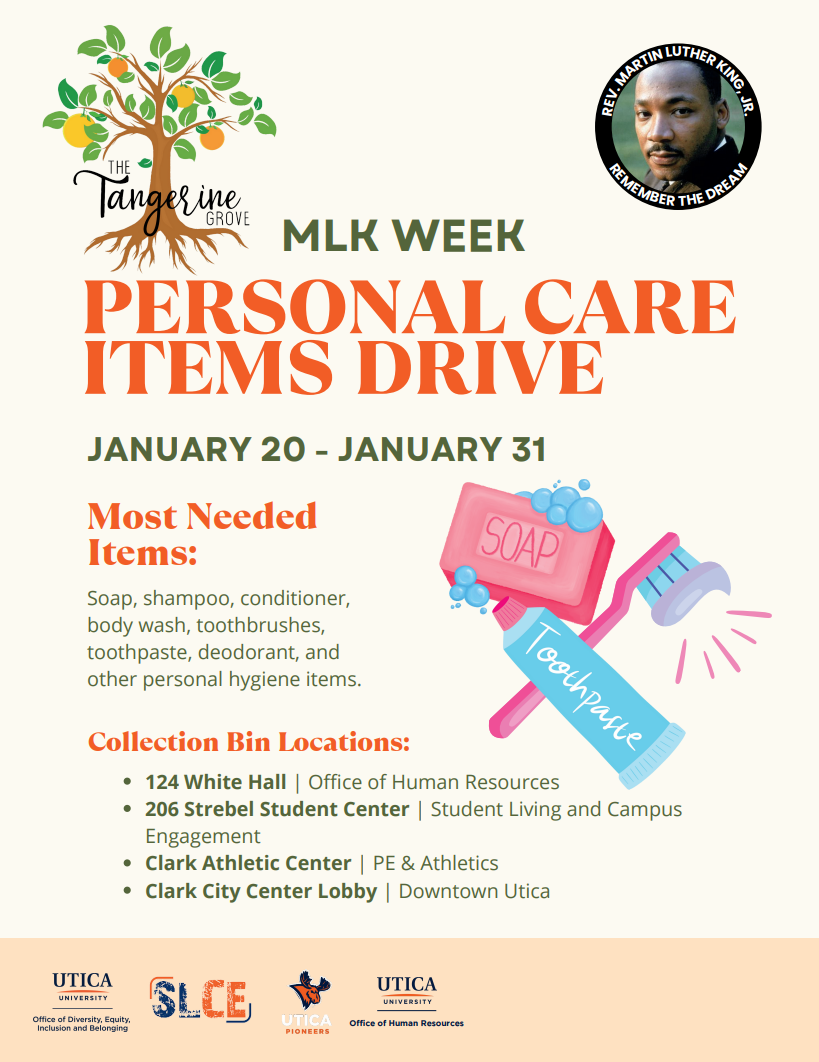






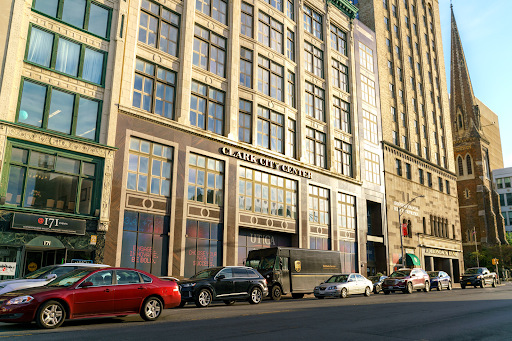
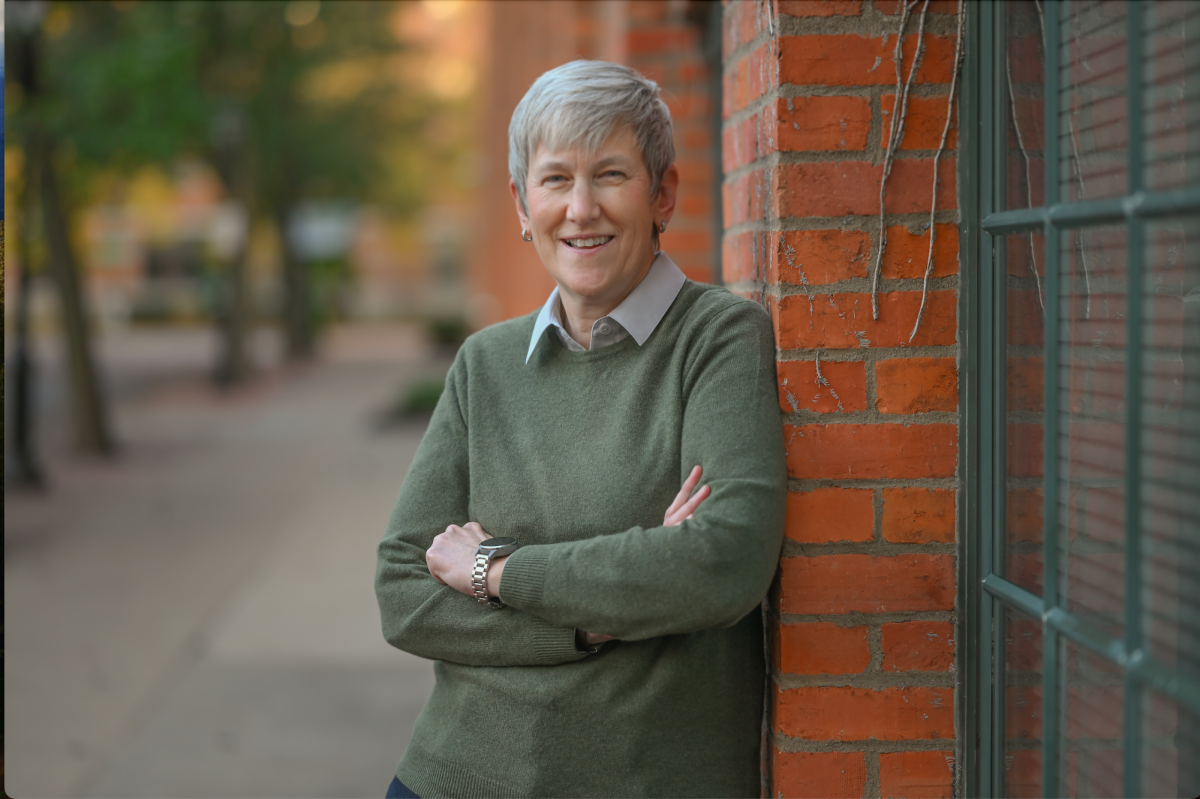


![President Todd Pfannestiel poses with Jeremy Thurston chairperson Board of Trustees [left] and former chairperson Robert Brvenik [right] after accepting the university's institutional charter.](https://uticatangerine.com/wp-content/uploads/2023/10/unnamed.jpeg)
